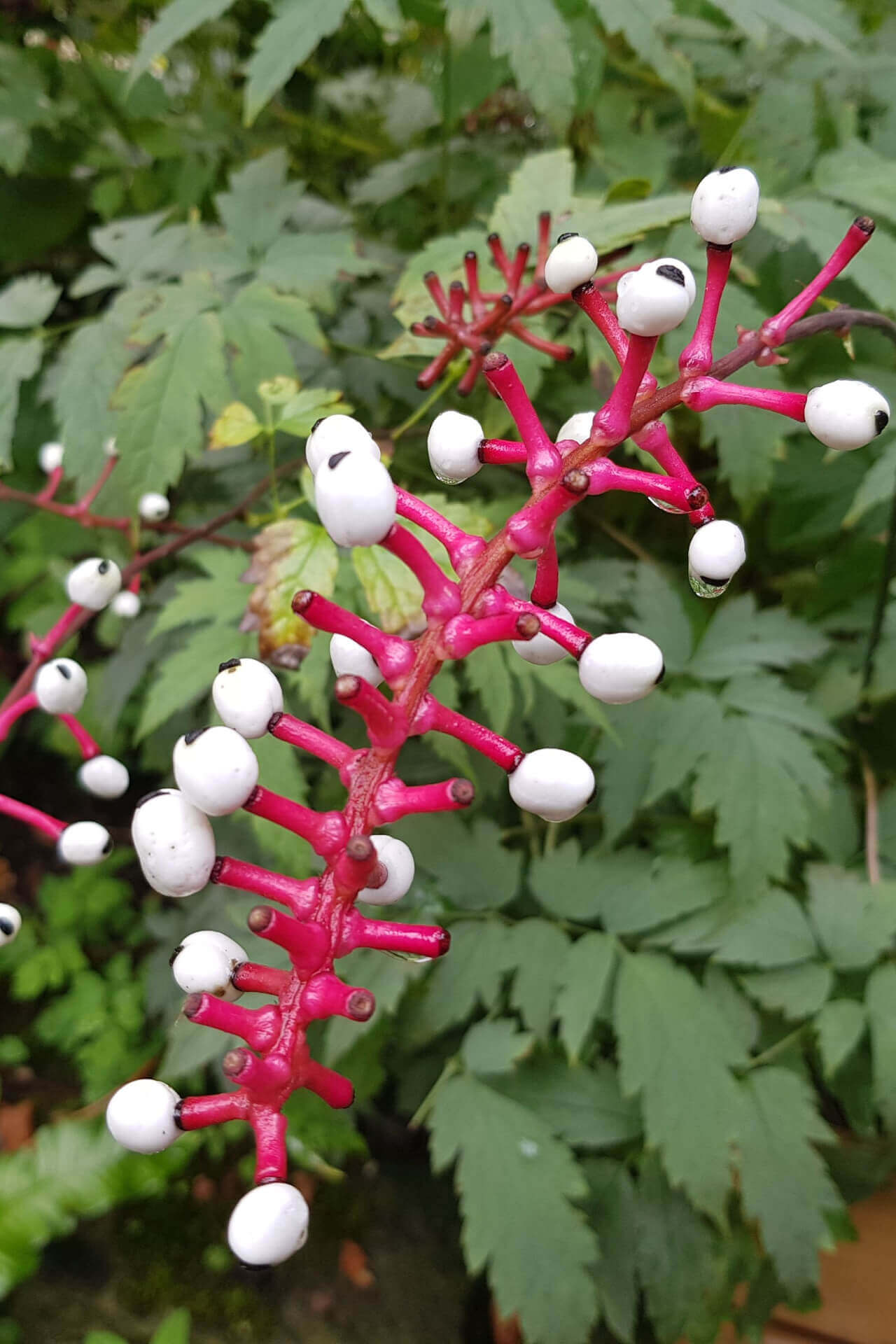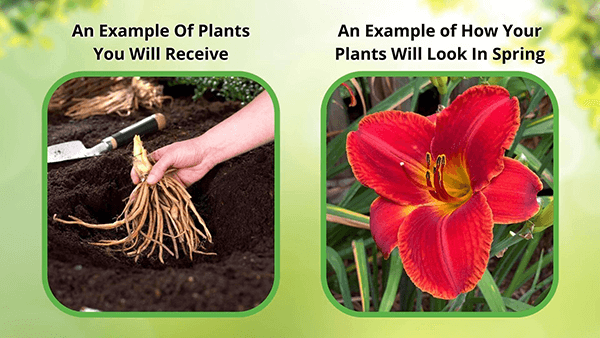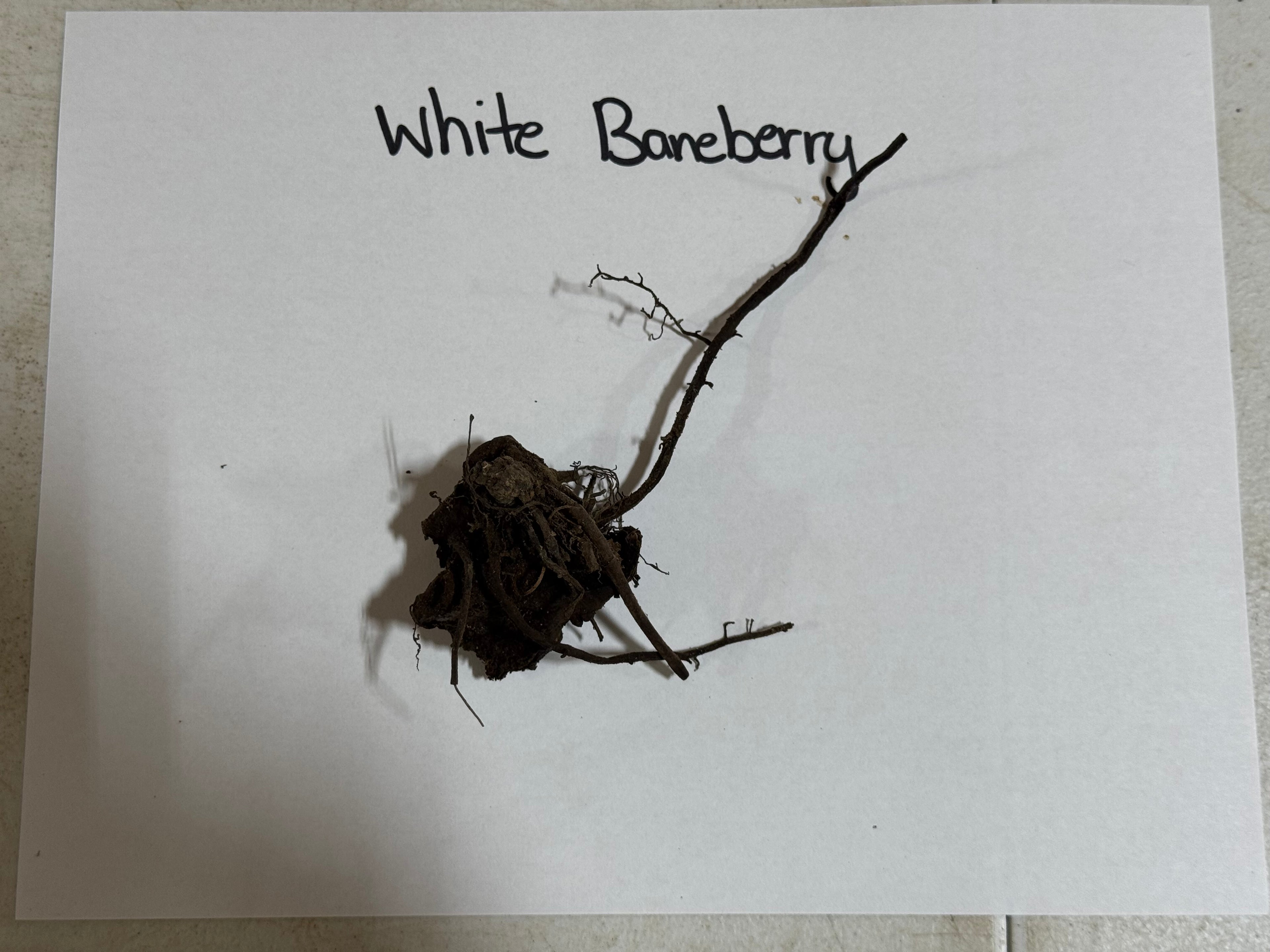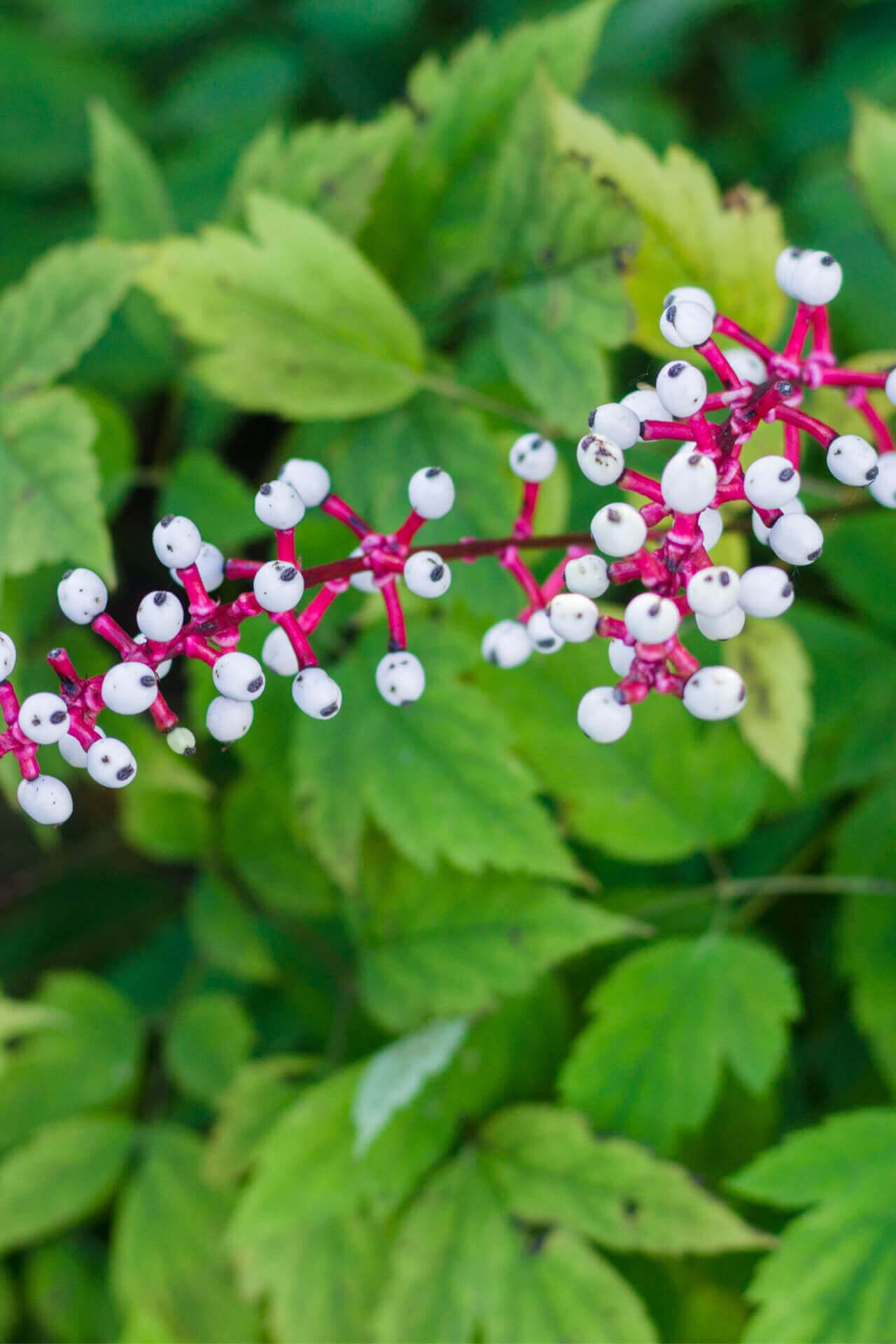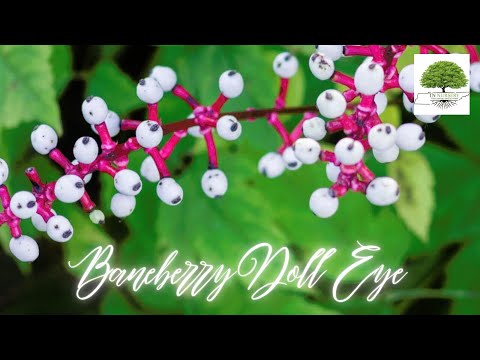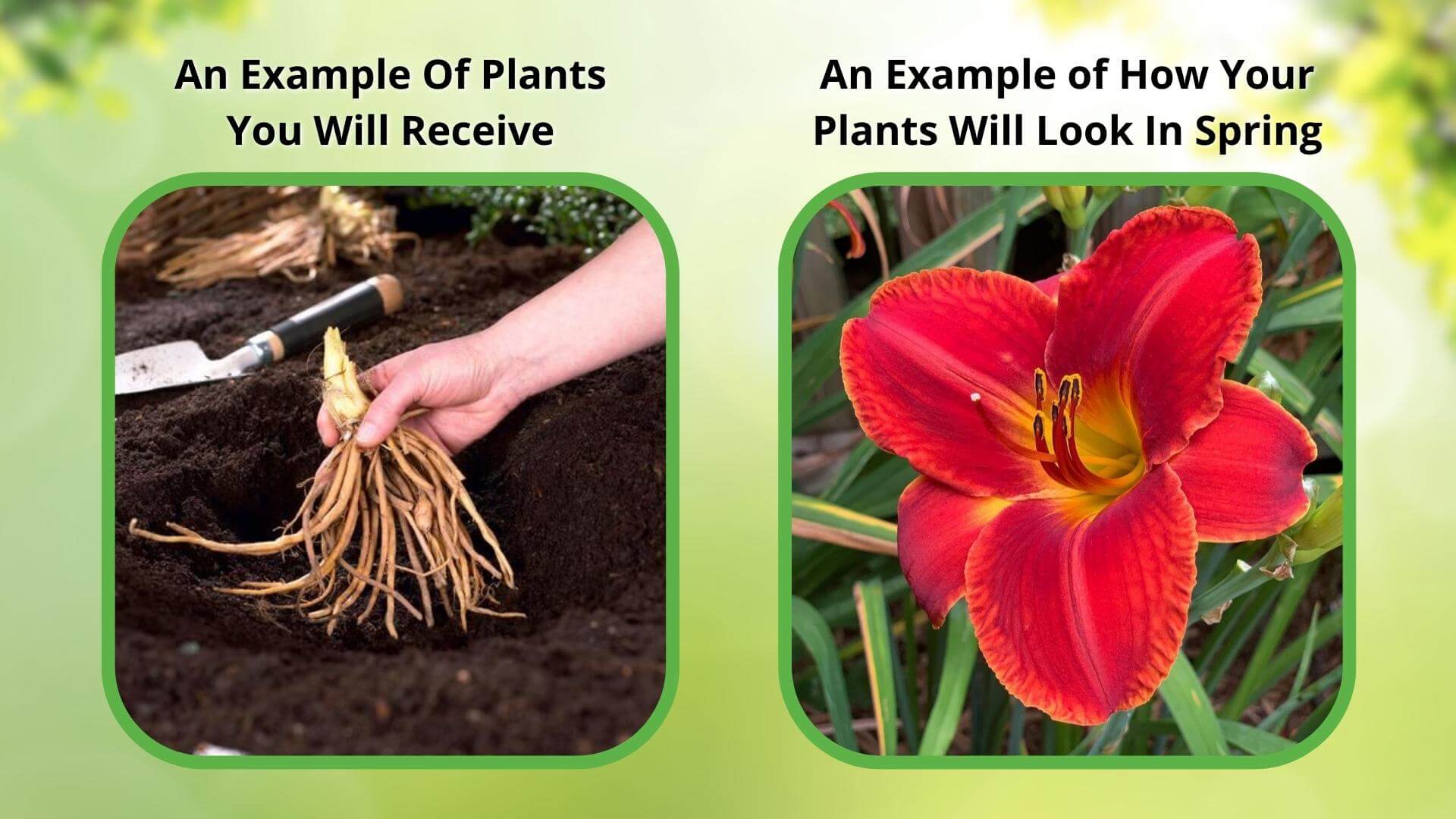White Baneberry For Sale
The White Baneberry, or Doll’s Eye plant, is a bold, eye-catching plant. It gets its name from its pure white berries with perfectly round, black dots in the center, like a doll’s eye. The unique plant is native to North America and found commonly in the eastern and midwest areas of the United States in woody areas.
The bold, ornamental foliage fills out space in your woodland garden, while the fluffy white flowers provide spring interest before the berries grow in the summer.
Plant Details - White Baneberry Plant
Family: Ranunculaceae
Light Requirement: Full or partial shade
Water Needs: Moderate
Height: 1-3 ft
Spread: 2-3 ft
Soil Preference: Loam rich, Moist
Bloom Time: Spring
Flower Color: White
Wildlife Value: Bee pollination, Birds spread the seeds
Notable Characteristics - White Baneberry Plant
White Baneberry is a unique perennial herb that flowers in spring, growing delicate clusters of white flowers, with hair-like petals growing from the center. In summer, the flowers die out and small white berries grow in their place.
The thick, woody, red-brown stalk becomes almost bulbous towards the top, and turns a bright fuschia where the berries grow. The black-dotted berries are highly toxic to humans and most animals, causing cardiac arrest or even death when ingested. The name “Baneberry” gives a clue to its poisonous nature, as ‘bane’ refers to something that causes death, or deadly poison.
Landscape and Maintenance of White Baneberry Plant
Despite its toxicity to humans, White Baneberry is not poisonous to many birds, which eat the berries and distribute the seeds. The flowers give off no nectar, but are pollinated by short-tongued bees, flies, and beetles. The plant is tolerant of shade and drought-resistant, making it a very resilient native.
It prefers the rich, moist soils of woodland areas and shaded groves, and would be right at home in any native garden. This unique plant is a real conversation piece in any garden, as its slightly off-putting yet beautiful image is sure to get the neighbors talking – just make sure not to eat it!
